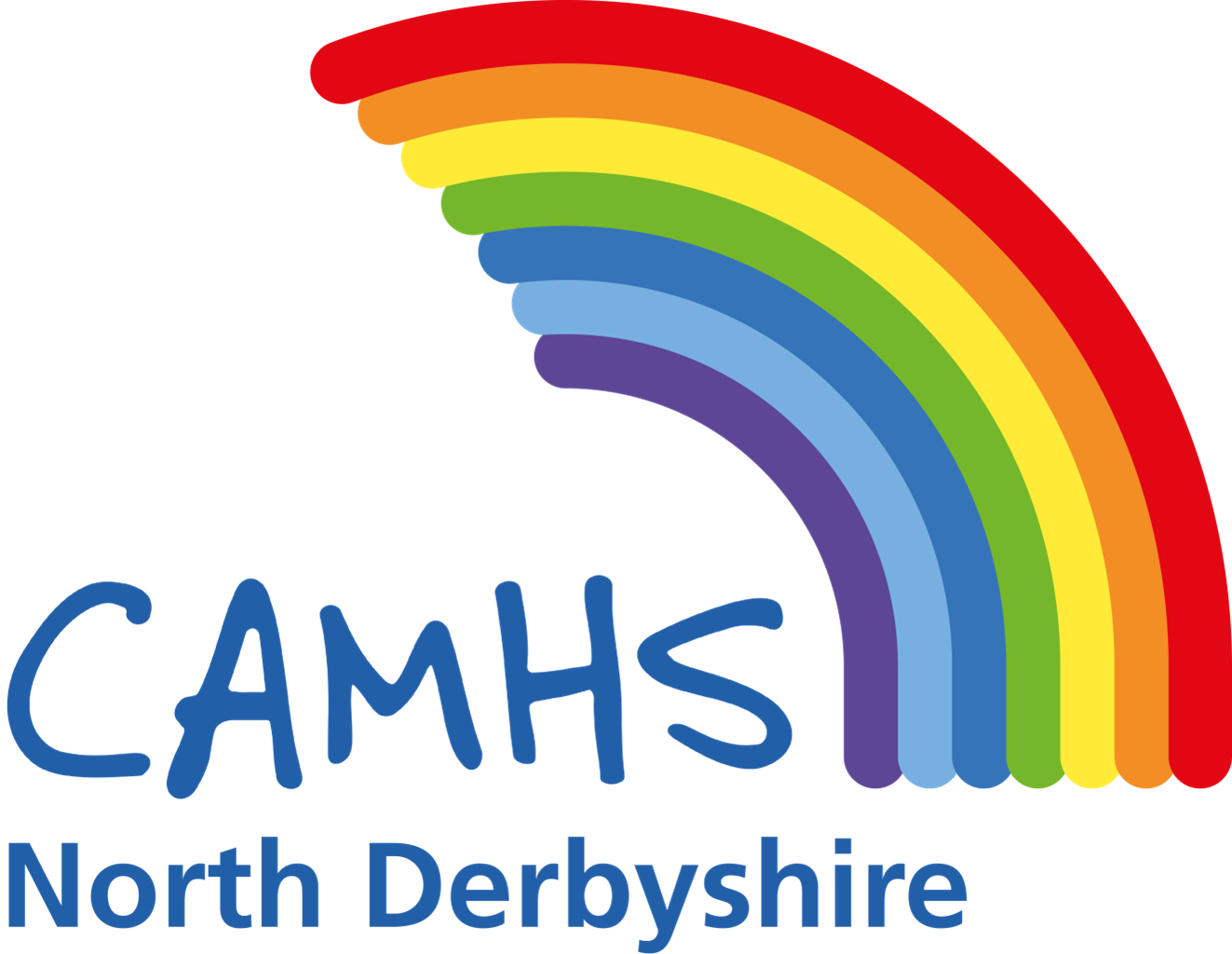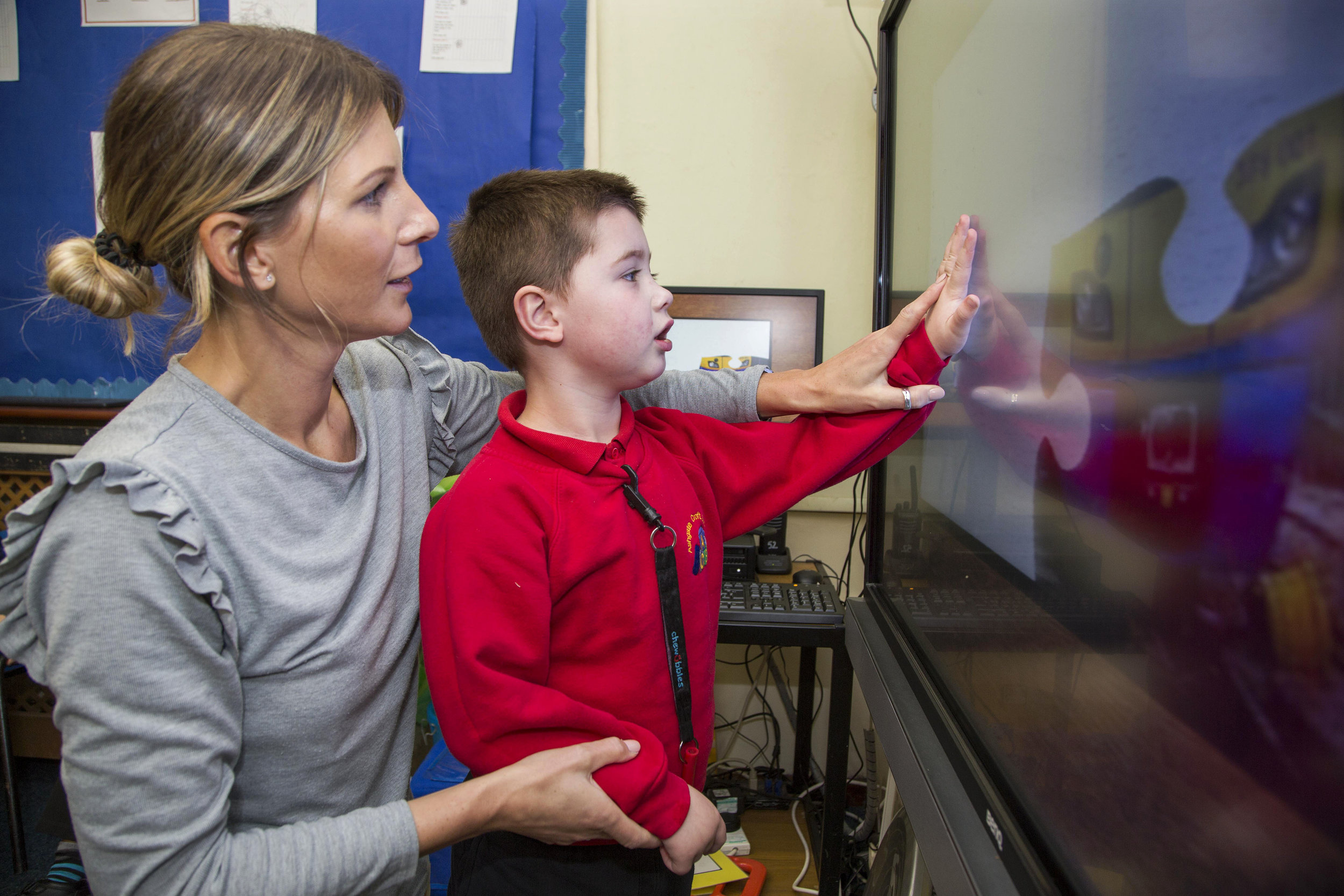learning disabilities
Communication Problems in Young People with a Learning Disability
Introduction
Problems with communication can present themselves in many ways. The speech and language impairment may be part of an overall learning disability/developmental delay, part of a particular condition, or a distinct impairment.
LINKS WITH CHALLENGING BEHAVIOUR AND MENTAL HEALTH PROBLEMS
Communication is one way in which we influence other people and control our environment. If a child is not able to communicate by traditional methods he/she may become frustrated and use behaviours that might be seen as challenging . For example, in self-injurious behaviour, the child may be wanting to communicate that they are in pain or discomfort or that they are hungry, thirsty etc. If the behaviour is effective in getting what the child needs it is more likely to be repeated.
What kind of communication difficulties might children have?
PROBLEMS WITH UNDERSTANDING
The child does not understand (or respond) to any verbal language without cues such as pointing or hand gestures.
The child only understands single words or short phrases.
The child echoes what you have said, often the last item in a list (e.g. “Do you want water or milk?” and they answer “milk”, irrespective of whether that is what they really want).
The child is not able to understand particular types of words (e.g. he/she, no/won’t).
PROBLEMS WITH SPOKEN LANGUAGE
The child does not use any spoken language.
The child only uses single words or short phrases.
The child echoes phrases they have heard and uses them in the correct way.
The child echoes phrases they have heard and learnt but uses them inappropriately. The phrase may be triggered by a word (e.g. where a child is asked to give you a spoon and instead says, “use your spoon”).
The child has difficulty forming complete sentences.
The child makes mistakes with the words they use (e.g. confuses words such as he/she).
PROBLEMS WITH SPEECH AND FLUENCY
The child speaks in a way that is indistinct and very difficult to understand.
The child has difficulty producing certain sounds; like omitting sounds at the ends of words (e.g. “cat” pronounced “ca”) or substituting one sound for another (e.g. “cat” might be pronounced “tat”).
The child’s speech is hesitant or interrupted by long pauses and repetition of words and sounds.
WHY IT'S IMPORTANT TO SUPPORT COMMUNICATION
The child will be better able to:
Express their needs, feelings or opinions.
Make choices.
Interact with others and form relationships.
Develop skills which will help him/her access learning opportunities.
What you can do as a parent/carer
There are many things you can do to help:
Say the child’s name to get their attention before giving an instruction.
Give time for the child to process your instructions and to respond.
Simplify your language, use short clear sentences.
Speak in a positive form (e.g. say, “walk” instead of “don’t run”).
When you speak use signs (e.g. Makaton – see further support links at the bottom of the page), symbols (e.g. simple representations of the word), and other visual representations (e.g. photos) to support your speech.
Encourage the child to use any resources and systems which have been recommended (e.g. pictures, symbols, signs, communication aids).
Provide structure to activities and the day and communicate this to the child, especially changes to routine.
Provide opportunities for the child to use language, offer choices and do not anticipate their needs. Change the order of the choices you offer in order to be sure they are asking for their actual choice.
When to consider asking for more specialist help
CONSIDER SEEKING HELP:
If there has been any change in the child’s communicative behaviour (e.g. an increase in challenging behaviours, speech becoming less clear, or signs that the child does not understand what is said to them and is becoming distressed).
If the child is having increasing difficulty interacting with others.
Following assessment, the type of therapy that may be offered includes:
The implementation of an augmentative technique (e.g. signing / using a communication aid).
Structuring the environment to make it more appropriate and conducive for the child’s communication needs.
A programme to be carried out in all environments.
1:1 therapy.
This input may provided by a Speech and Language Therapist (SLT) from the Children’s Therapy team or by the LD CAMHS SLT. Please talk to your Paediatrician, Social Worker, or School about a referral to the LD-CAMHS team.
Further support, advice and self-help
Makaton is a language programme using signs and symbols to help people to communicate.
Website
The National Autistic Society provides information and support for people with Autism and their families and for professionals. They are a very active organisation and offer some really useful information about strategies and approaches for supporting people with Autism.
Website
The British Institute of Learning Disabilities also have some useful information and further advice about a variety of common issues.
Website
Local Offer is a Derbyshire-specific site which allows you to search for lots of different services, including parenting support groups, in the local area.
Website
Communication Matters is a UK wide organisation that supports people of all ages who find it hard to communicate because they have little or no clear speech. The website will help explain more about Augmentative and Alternative Communication (AAC).
Ace Centre is a registered charity providing Assistive Technology and Augmentative and Alternative Communication services for people with complex needs.


